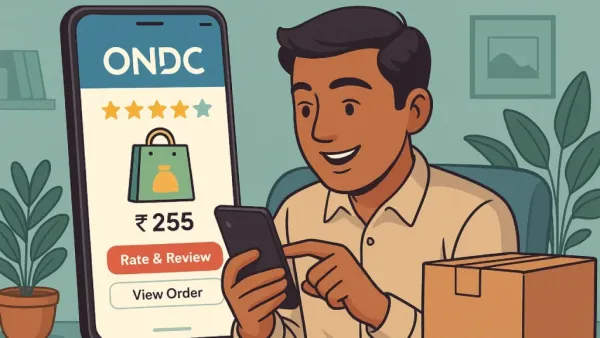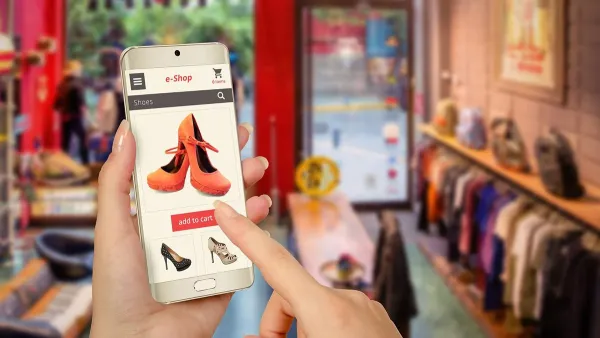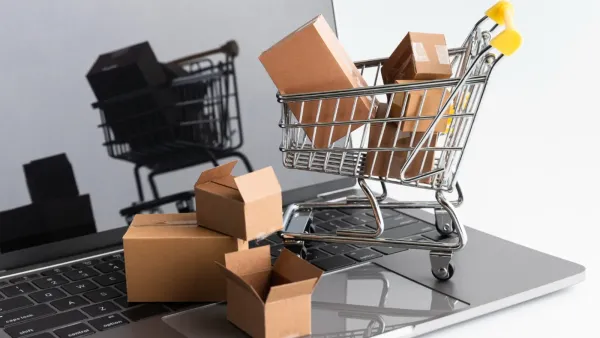
The Open Network for Digital Commerce (ONDC) provides a pathway for consumers and merchants to buy and sell directly from each other without being limited to existing proprietary e-commerce marketplaces. As of October 2025, ONDC has grown in popularity, and consumers can now select from numerous consumer apps that offer the ONDC experience.
This article outlines a review from a current user who has purchased using ONDC to provide a user experience review – delivery, quality of UI / UX, pricing, seller diversity, quality/reliability, strengths, and areas of concern.

Since its initial launch, ONDC has onboarded lakhs of sellers across numerous categories and has integrated into a handful of consumer apps. In a general sense, ONDC is being seen as one of the pillars of e-commerce reform to help break the existing monopolies of “marketplaces” and democratize access across India. Some of the leading e-commerce platforms and logistics partners have already enabled ONDC flows into their existing platforms.
The user experience starts with the selection of an ONDC-enabled app (or toggling ONDC mode in a pre-existing app). Account setup is easy, and any existing login credentials can be migrated over seamlessly. Upon onboarding, a user may recognize variations in the UI, specifically if they see “this product is coming from an ONDC partner,” which may induce a belief or anticipation of a longer delivery time.
Organized UI: ONDC products are presented among local goods with unique identifiers (such as “ONDC vendor”).
Filtering and sorting: Sorting can be completed by price, delivery time, seller rating, etc.
Checkout process: Checkout stays in the same app, and there’s no drastic transition.

A certain product page lacks vendor and review information compared to a local experience.
Assertive disclaimers: Some UI pop-ups sometimes say “there may be delays” or “the seller might cancel”; this makes you less comfortable buying the product.
Rating clustering: If you have 100 sellers providing the same SKU, that will inflate the rating range to be 4.5-5, where the rating doesn’t mean much.
Delivery speed: In major metropolitan audiences, the ONDC delivery average is very similar to “normal” ecommerce (24-48 hours). In less populated areas, the norm will be 1-3 days longer than “normal.”
Tracking: Limited tracking of parcels is built in; however, real-time updates can be hit or miss. Occasionally, for example, the app will say “in transit” or “arriving soon” even when the package is delivered.
Cancellation & replacement: There are some ONDC selling environments that will cancel an order for stock or logistics reasons. The refund process is typically seamless in most apps, but it can take 2-3 business days.
Customer service: Customer service is decentralized; the complaint process is to forward the complaint to the seller. The amount of time for a response will be dependent on how responsive the seller is.
Typically, ONDC has price advantages because smaller sellers offer and compete on price without having to pay the usual commission to the marketplace. Delivery fees can be higher, and mitigate the price benefits in semi-urban or other remote areas.

Types of offers and coupons: ONDC items are often excluded from offers, deep discounts, and flash sales that may occur in a marketplace app.Price transparency is better on ONDC – you typically will see a “price breakdown” showing the cost of delivery, and what the seller receives.
ONDC performs well when native inventory is weak – for hobby, specialty, and unique items, local stores using ONDC can help fill inventory gaps. Seller quality is ambiguous – there do not appear to be return policies or warranties on some products ordered from the small vendors shown in ONDC. More sellers flagged as “verified” or “trusted ONDC partners.
For simpler or standardized products (for example, books, stationery, daily items, and plastic cutlery), ONDC performs consistently well. For more complex items (for example, electronics and perishables), users may sometimes prefer the more formal guarantee of the marketplace. Trust increased – the repeated orders made using ONDC indicate sellers are getting more consistent.
More options, especially local or smaller sellers
Possibility for savings, particularly for products that large platforms have not prioritized
No lock-in – will not feel ‘forced’ to use a marketplace. Improvement in competitiveness in the ecosystem

As more logistical providers join ONDC, delivery consistency will improve in tier-2/3 cities. Standard seller vetting, return policies, and disputed financial settlements will add trust. More apps (including grocery, hyperlocal, and verticals) will include ONDC flows. Promotional tie-ups and coupon engines will expand ONDC participation. Ultimately, ONDC’s success will rely on capturing small merchants without sacrificing consumer trust.

The ONDC experience in October 2025 is encouraging; however, it’s still in maturation. In major metros, users begin to enjoy near-parity compared to traditional e-commerce, with the additional benefits of choices and democratization.
In geographies with lower density, the issues with delivery and seller consistency are still present. Users willing to endure a small amount of trade-offs perceive value in ONDC already. As logistics improve, sellers adhere to higher standards, and the user interface receives polish for things like search and checkout, ONDC will move beyond “experiment mode” to everyday commerce in India.